
Sorry, your browser is not compatible with this application. Please use the latest version of Google Chrome, Mozilla Firefox, Microsoft Edge or Safari.
Emergency Management Content

Emergency Management of Tomorrow Research:...
As part of the Emergency Management of Tomorrow Research Program, sponsored by the Department of Homeland Security Science and Technology Directorate (S&T), Pacific Northwest National Laboratory conducted an Emergency Management…
Learn More


Emergency Management of Tomorrow Research:...
Since 2012, machine learning (ML) and artificial intelligence (AI) have been increasingly applied across various domains. In the U.S., these technologies are widely used in both public and private sectors,…
Learn More

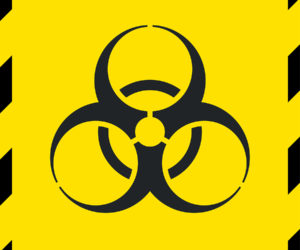
2024 Emergency Response Guidebook
The U.S. Department of Transportation’s Pipeline and Hazardous Materials Safety Administration (PHMSA) has just released the 2024 edition of its Emergency Response Guidebook (ERG), a vital resource for emergency responders…
Learn More

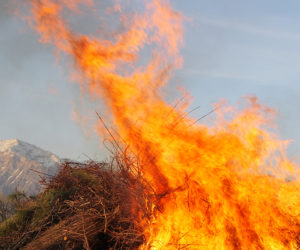
Wildfire Sensor Technology
Wildfires across the U.S. and around the world are becoming more frequent, costly, and dangerous. Risk factors include urban sprawl into previously undeveloped lands prone to wildfires and climate change…
Learn More


Fire Science Exchange Network: Fiscal Year 2023...
The Fire Science Exchange Network is a science delivery organization made up of 15 regional fire science exchanges across the United States. Created in 2010, the exchanges provide relevant and…
Learn More


World Leaders Speak – 2024
The annual forecast of global risk by World Economic Forum. Global business and government leaders gather in Davos, Switzerland and prioritize major risks expected in 2024. The number one risk…
Learn More

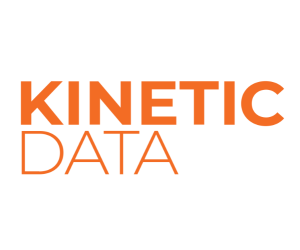
Strategic Resilience- Enhancing Incident Response...
A guide to accelerating Assurance: Leveraging Automation for Swift Incident Response. In the critical landscape of military and national security, swift and effective incident response is essential. Existing systems, however,…
Learn More


Disaster Assistance
When disasters strike, access to nutritious food becomes a critical need for affected communities. The USDA’s Food and Nutrition Service (FNS) plays a key role in ensuring that families receive…
Learn More

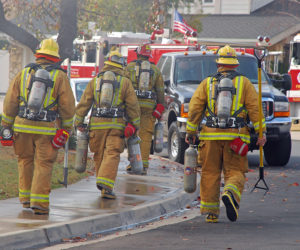
First Responder Resource Group Big City Fire...
The Big City Fire Working Group (BCF) brings together representatives from 12 of the largest fire departments in the United States, as measured by number of stations and operational personnel.…
Learn More


Defense Threat Reduction Agency
The Defense Threat Reduction Agency (DTRA) is both a defense agency and combat support agency with two distinct yet highly integrated roles countering Weapons of Mass Destruction (WMD) and emerging…
Learn More

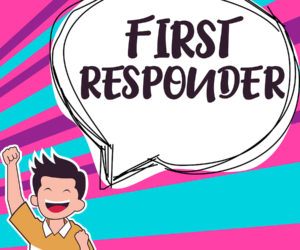
Verizon Frontline: Keeping First Responders Safe
Without the kick of adrenaline that situational stress brings, would first responders act as quickly or anticipate worst-case scenarios as well? Maybe not. Yet, mission performance improves when first responders…
Learn More


Be Ready for Any Critical Event
In an unpredictable world, organizations must be ready to respond swiftly to critical events, whether natural disasters, cyber threats, or unexpected disruptions. Delayed decisions and outdated communication tools can make…
Learn More

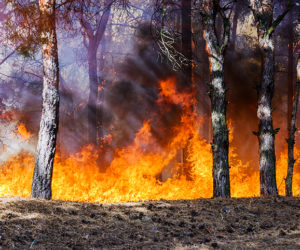
Fall Weather Safety
The National Weather Service (NWS) kicked off its Fall Safety Campaign on September 1, 2024, to help communities prepare for seasonal weather challenges. From wildfire preparedness to winter weather readiness,…
Learn More

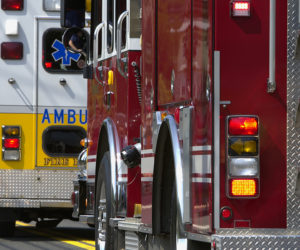
Homeland Explosive Consequence and Threat Tool:...
HExCAT is an explosive hazard modeling tool that estimates the potential impact and consequences of an explosion, including the severity and types of injuries, effectiveness of response, choke points, and…
Learn More


Homeland Security Grants: DHS Implemented National...
The Government Accountability Office was asked to examine how the Department of Homeland Security (DHS) established and made changes to National Priority Areas. This report examines the extent to which…
Learn More


